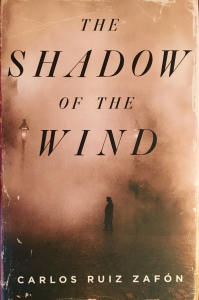Download links for: La congiura Machiavelli


Reviews (see all)
Write review
Corruption, intrigue and murder. What's not to like?
Captivating from start to bloody finish.
Ennis writes wonderful history...
Other books by Mystery & Thriller
Other books by Michael Ennis
Related articles






![[SOFCJ-Raws] Pocket Monsters XY - 18 (TX 1280x720 x264 AAC)_001_14591](/ai/029/908/29908.png)





